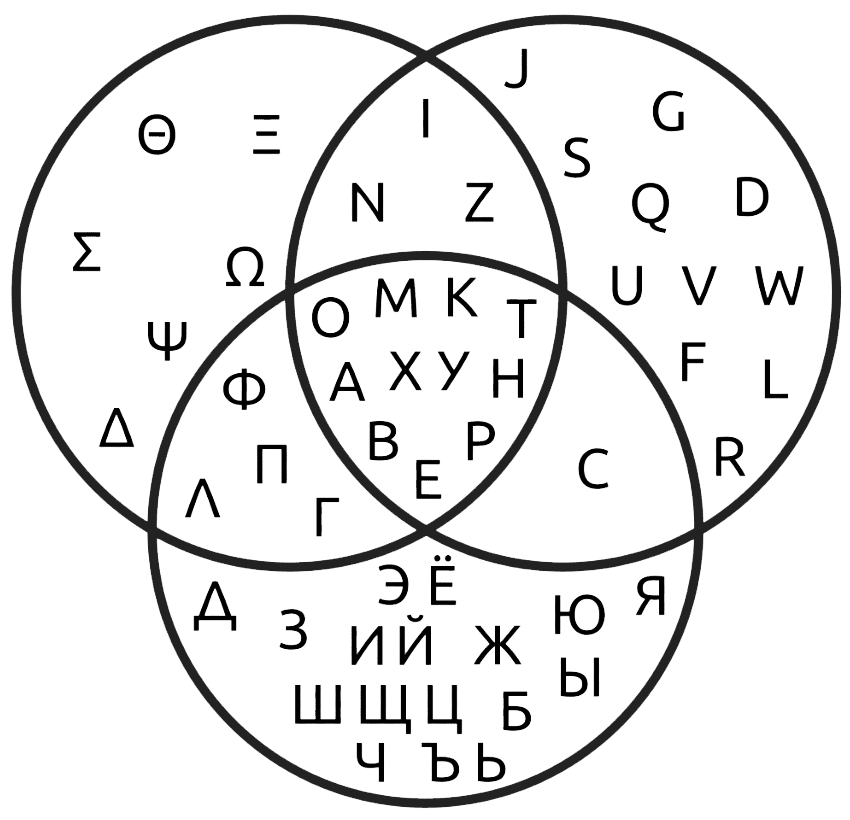Cedilla design options - Verdana style
Options

Adam Ladd
Posts: 273
I know this has been discussed in some ways before, but I've run across another cedilla design that I wasn't as familiar with in Verdana. It's almost like a flip of the ogonek (sorry for the small image):

I'm used to seeing the more "traditional" design or one that is more like a comma, so I'm wondering how this registers to others... is it an acceptable design?
I ask in part because I'm working on a display font that is meant to be tightly spaced and stacked, so I'm trying to keep descenders as short as possible, and this approach may work better (particularly in the heaviest weights).

I'm used to seeing the more "traditional" design or one that is more like a comma, so I'm wondering how this registers to others... is it an acceptable design?
I ask in part because I'm working on a display font that is meant to be tightly spaced and stacked, so I'm trying to keep descenders as short as possible, and this approach may work better (particularly in the heaviest weights).
0
Comments
-
I can't say how well it works for native readers, but the simple design is probably because it was based on a fairly low PPM bitmap font.6
-
Don't know about cedilla, but the ogonek is slightly terrible
 4
4 -
My gut feeling is also that the cedilla isn't great... the connection far to the right looks strange to me. Any native readers?
2 -
Native reader here. This cedilla is very bad.5
-
The Scandinavian folks will probably also confirm that the connecting ring is not the preferred solution. While we're at it.
1 -
Appreciate the feedback. Would this type of cedilla be helped some if the vertical stroke were angled toward the center more (like below)?

Or is it still not a good option for native readers?0 -
I don’t think these subtleties are noticeable to the lay reader, perhaps not even to the average graphic designer. As long as there’s a little squiggle beneath the C, it will read OK. They are something for the more sophisticated typographer to obsess over, and type designers of course.
And it’s not as if French type designers have been permanently wedded to the venerable sickle shape. Excoffon, for instance, employed the comma form of cedilla in Antique Olive. I vaguely recall that some Frutiger types also once had that shape, but perhaps they have been traditionalized since then?8 -
Native speaker here

ccedillla is quite common in portuguese and used in basic words like 'cabeça' (head), 'maçã' (apple), 'Terça' (tuesday) and many others. As in French, the cedilla is a diacritic, but other languages may have a different usage... as far as I understand, "ç" and /scedilla are actual letters of the Turkish alphabet.
My personal preference is the "little zed" shape, mostly because I'm more used to read it. But I don't know what is more usual for other languages other than portuguese. I'd design the seminal "zed" shape, for text fonts at least. But the cedilla from Verdana is ok and quite a few fonts use it (you can check here -- click on "view all")
The problem with Verdana is the position of the cedilla, which is unbalanced, pretty much like the ogonek is. The last image you sent feels much better.
2 -
Very helpful feedback, as well as the link, thank you @Rafael Saraiva
A quick look at the first few fonts listed on that site shows already some that use this style (with the vertical stroke angled)—Bitstream Vera Sans and Calibri...
I would lean towards the more traditional design for a text face as well, but figured there may be a little more liberty with display fonts.1 -
This is very useful as I will have to design one for a peculiar typeface of mine soon, so thanks @Adam Ladd.

Also thanks to @Nick Shinn for his usual refreshing rationalizations.0 -
My old one for Neoritmo (which I am reconsidering). Here it was quite an abstract solution, as – like I did with the upper/lowercase Eszett – I decided to omit a portion and went quite abstract. Like a sort of stencil.

1 -
I believe one should remember it originated as the bottom half of a small cursive /z.3
-
It works well for your cedillas, but I'm worried about your Eszetts... they are not a typeface's playgrounds, but have legibility and readability constraints just like all other letters, in particular for text typefaces...Claudio Piccinini said:like I did with the upper/lowercase Eszett – I decided to omit a portion and went quite abstract.
1 -
0
-
Thanks. At any rate, I mean to redesign them. I just kept in mind the traditional forms when I draw them… it was at the time the uppercase Eszett was assigned the Unicode value. But I might make them more conventional and connected… all of Neoritmo is being redesigned… sometimes with tiny adjustments, sometimes with big revisions.Christian Thalmann said:
It works well for your cedillas, but I'm worried about your Eszetts... they are not a typeface's playgrounds, but have legibility and readability constraints just like all other letters, in particular for text typefaces...Claudio Piccinini said:like I did with the upper/lowercase Eszett – I decided to omit a portion and went quite abstract. 0
0 -
Guys, what about this type of cedilla, is it wrong or acceptable? (comes from Din Next)

0 -
@Piotr Ciesielski: I think it also depends on how the other diacritics/puctuation glyphs are fashioned. That is, if your typeface has a straight line comma, that S could be easily mistaken for a Scommaaccent.0
-
In DIN Next, a conventional cedilla would have looked incongruent. No currently used languages require differentiation between comma accent and cedilla. Some typefaces like Alternate Gothic have had comma-style cedillas for a century. Some buyers may have a preference for conventional cedillas but readers will be able to handle it. There may be situations where a writer will want to differentiate between Ș and Ş...such as this sentence. But they're unlikely to use a display font to do that. Orthographic* discussions are likely to require IPA support as well.
* I'm not confident in my word choice but hopefully you know what I mean.1 -
I've long thought of making a cedilla under the S that looks like a yataghan, heh...
0 -
-
@Ray Larabie: But aren’t they different letters? With different phonetics?
I don’t know, as in Italian we use neither, but it seems odd to design two different diacritics in the same way.
Well, Eric Gill designed his /1 almost as an /I but that had to be read in context…0 -
Chi and X are different letters too.1
-
Sure, that’s why as a general rule, especially if they are representing a different phonetic value, I always think it would be good to differentiate them.Craig Eliason said:Chi and X are different letters too.
But I see the two accented /Ss represent the same phonetic value, and since Ray said: «No currently used languages require differentiation between comma accent and cedilla» I guess they could eventually be merged by means of use.
0 -
Not a big fan. It does not play a good role in terms of disambiguation... Could be easily mistaken by /Scommaaccent in small sizes.Piotr Ciesielski said:Guys, what about this type of cedilla, is it wrong or acceptable? (comes from Din Next) 0
0 -
Unless one believes in the value of cultural diversity (even between minorities) including expressing it in the smallest places. Micro-anticolonialism.Claudio Piccinini said:
I guess they could eventually be merged by means of use.0 -
But wasn’t the idea even (if just implicitly) implied in Ray’s post?Hrant H. Papazian said:
Unless one believes in the value of cultural diversity (even between minorities) including expressing it in the smallest places. Micro-anticolonialism.Claudio Piccinini said:
I guess they could eventually be merged by means of use.
Besides, with such accented characters it always depends on which models you are following, and if they have calligraphic/typographic precedents of note.0 -
Maybe, but I don't see it.
Model the future.0 -
@Claudio Piccinini Ray typed capital X. Capital X and Chi are not differentiated
0 -
Reminds me of the top illustration in Wikipedia's entry for Venn Diagram, the ewwwest diagram in all of type design:
0 -
Hrant, by “ewwwwest”, you mean that the (pseudo-)homoglyphs in the middle can and should be differentiated? Definitely true for M/М/Μ, Y/У/Υ, the rest depends on the contrast of the particular type, especially for Greek and for modern sans designs aiming for the highest amount of “native feel”, right? Curious to see some examples.
0
Categories
- All Categories
- 46 Introductions
- 3.8K Typeface Design
- 476 Type Design Critiques
- 555 Type Design Software
- 1.1K Type Design Technique & Theory
- 640 Type Business
- 831 Font Technology
- 29 Punchcutting
- 508 Typography
- 120 Type Education
- 313 Type History
- 75 Type Resources
- 109 Lettering and Calligraphy
- 30 Lettering Critiques
- 79 Lettering Technique & Theory
- 533 Announcements
- 86 Events
- 110 Job Postings
- 167 Type Releases
- 169 Miscellaneous News
- 274 About TypeDrawers
- 53 TypeDrawers Announcements
- 119 Suggestions and Bug Reports








